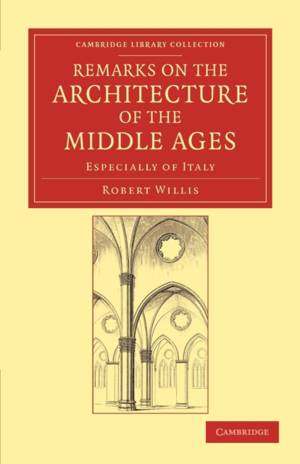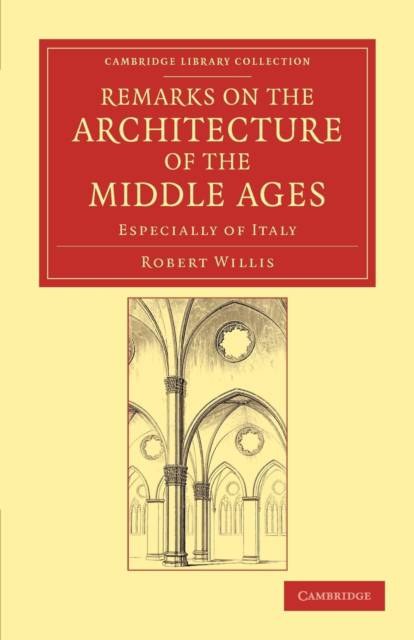
- Afhalen na 1 uur in een winkel met voorraad
- Gratis thuislevering in België vanaf € 30
- Ruim aanbod met 7 miljoen producten
- Afhalen na 1 uur in een winkel met voorraad
- Gratis thuislevering in België vanaf € 30
- Ruim aanbod met 7 miljoen producten
Zoeken
€ 64,45
+ 128 punten
Omschrijving
Professor of natural and experimental philosophy at the University of Cambridge, Robert Willis (1800-75) mostly lectured on mechanism, and was elected an honorary member of the Institution of Civil Engineers in 1838. But Willis's interests also included Italian Gothic architecture, and his observations on the style, amassed in 1832-3 while travelling in France, Italy and Germany, were presented in this book, first published in 1835. The work is a pioneering study of Italian Gothic, a mode overlooked by his contemporaries, and key examples are brought together. It places Italian Gothic architecture within a European context and argues that the style represents an evolutionary assemblage of architectural motifs from different places and earlier periods. Willis's narrative refocused attention on Italian Gothic, winning the approval of the Institution of British Architects, which made him an honorary member in the year of its publication.
Specificaties
Betrokkenen
- Auteur(s):
- Uitgeverij:
Inhoud
- Aantal bladzijden:
- 228
- Taal:
- Engels
- Reeks:
Eigenschappen
- Productcode (EAN):
- 9781108051774
- Verschijningsdatum:
- 12/07/2012
- Uitvoering:
- Paperback
- Formaat:
- Trade paperback (VS)
- Afmetingen:
- 140 mm x 216 mm
- Gewicht:
- 294 g

Alleen bij Standaard Boekhandel
+ 128 punten op je klantenkaart van Standaard Boekhandel
Beoordelingen
We publiceren alleen reviews die voldoen aan de voorwaarden voor reviews. Bekijk onze voorwaarden voor reviews.








